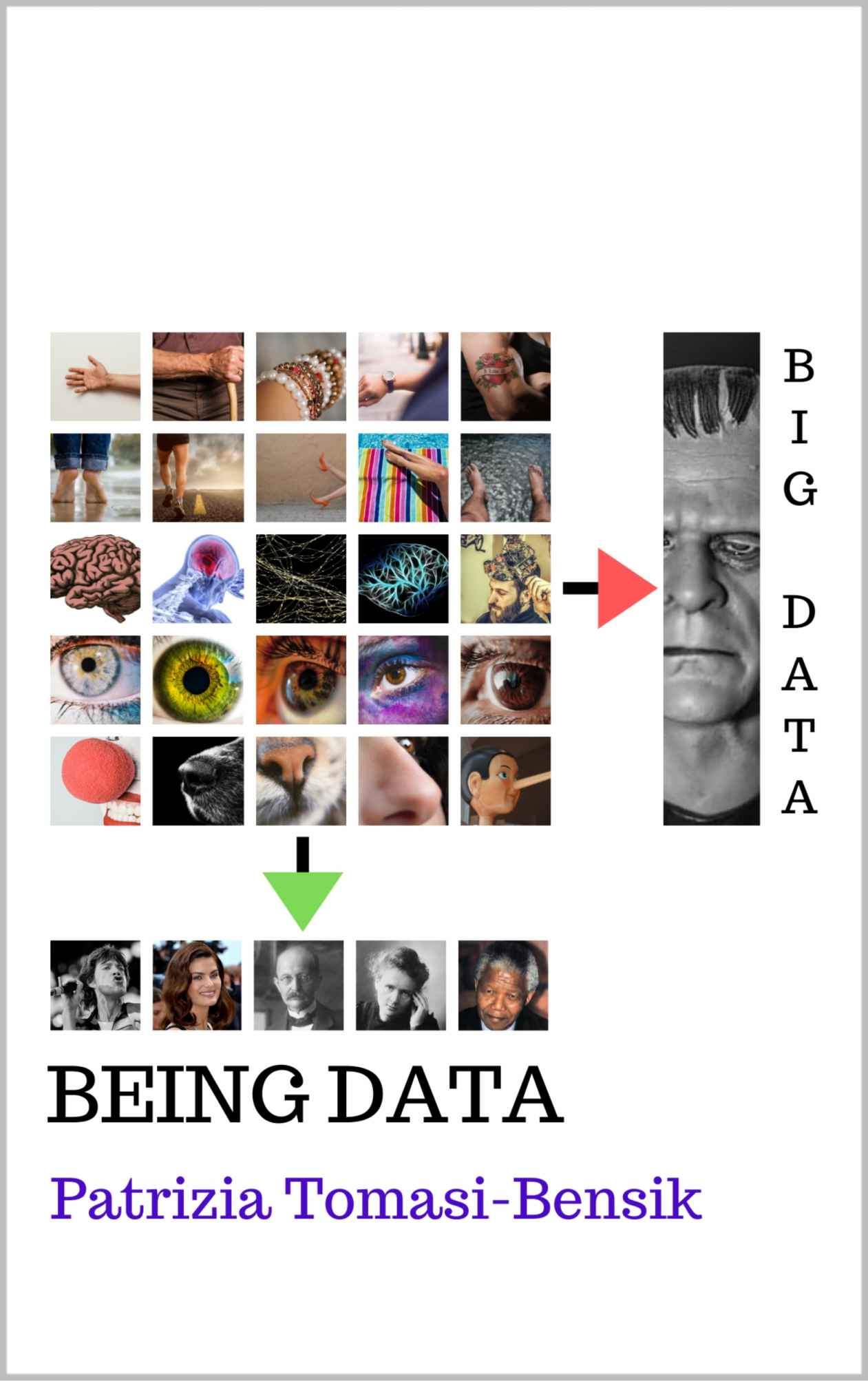Planck E PressCenter Articles
The Chinese Room
Date published: 2023-07-14
Date modified: 2023-07-14
Reading time: 00:01:09

“No, facts is precisely what there is not, only interpretation.”
Friedrich Nietzsche
The idea is so good that even Sidney Sheldon used it in his book If Tomorrow Comes.
Excited by his discoveries, Alan Turing believed in Artificial Intelligence and, to prove his thesis he proposed a test between two interlocutors talking from separate environments. One is a homo, the other a machine. If, during the conversation, one of them does not identify the other as a machine, it is because the electronic brain would be as intelligent as the human one. For Touring, that moment would come around the year 2000.
Perhaps a bit simplistic, the Turing experiment was challenged in the 1980s by John Searle, an American philosopher.
Searle proposes a thought experiment he calls the Chinese Room. Instead of the direct relationship between the homo and the computer, we introduce a homo installed in a room, totally isolated, if not by two cracks in the walls: from one of them he receives questions written in Chinese, which he must answer even if he does not understand an ideogram. The homo takes the questions to the other crack, where a Chinese person is. The Chinese person answers the questions, which now go in the opposite direction and pass -through the crack- into the hands of the homo in the room, who passes them -through the first crack- to the questioner.
Obviously, the answers fully satisfy the questioner, and yet the homo in the room still doesn't understand a sentence, in Chinese.
What he does -and what Searle wants to show- is the role of the computer, which, through the use of increasingly sophisticated algorithms, finds the right answers even if it does not comprehend their meanings.
Recent Presscenter Articles
-
The Parametrization of Science
-
A Scientific Impossibility
-
The Unsustainable Stability of the Atom
-
The Bell-Curve and the Neutron
Planck E - Books
For further information about Planck E PressCenter, please contact us.
Divulging ingenious solutions
The mission of the Planck E PressCenter is to promote ideas, products and theories that have not yet reached the mainstream, as captured in our first release Eccentrics and their Ingenious Solutions.
Newsletter
Sign up for our weekly Planck E Newsletter, complete with the latest ingenious solutions.
Click here for the signup form.
Submit your ingenious solution
We encourage you to submit your ingenious solution, article, press release or "out of the mainstream" technical idea for publication on the Planck E PressCenter. Please send us an e-mail to presscenter@planck-e.com and enquire how.
To learn more about holistic engineering, solutions inspired by nature, monetization of diseconomies, training courses or the incorporation of Being Data to your day-to-day, please follow us on the social networks.



